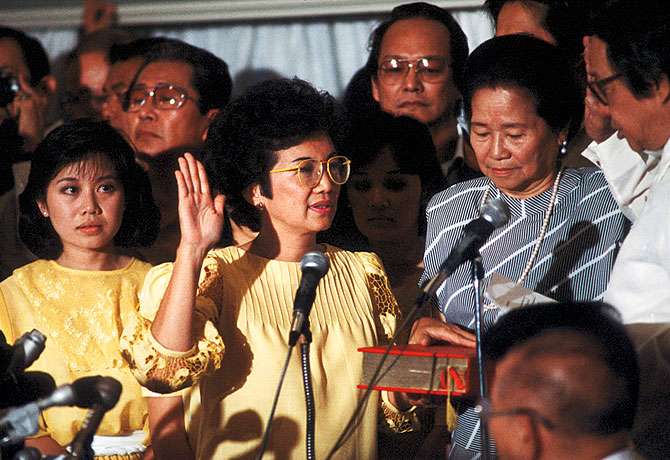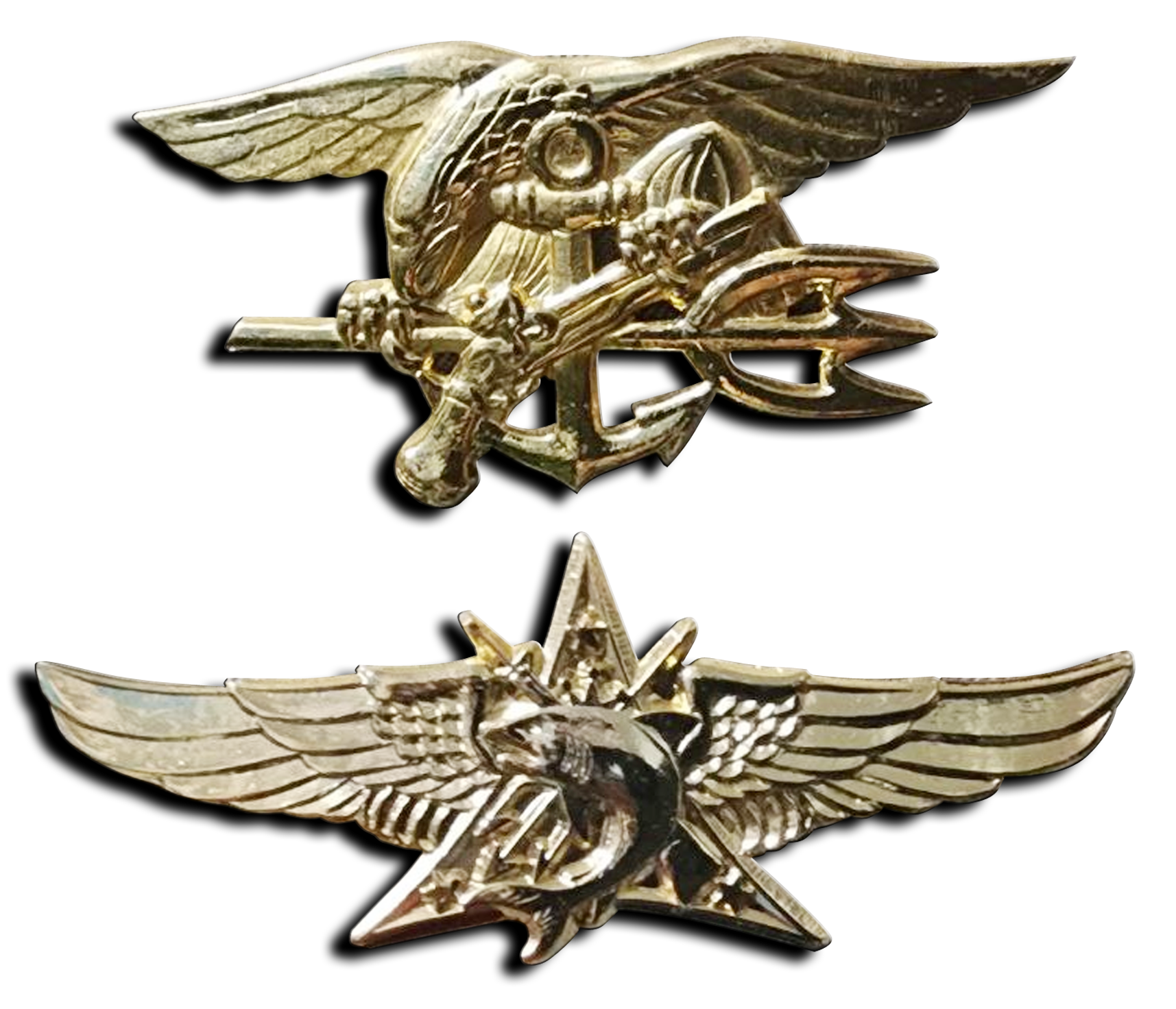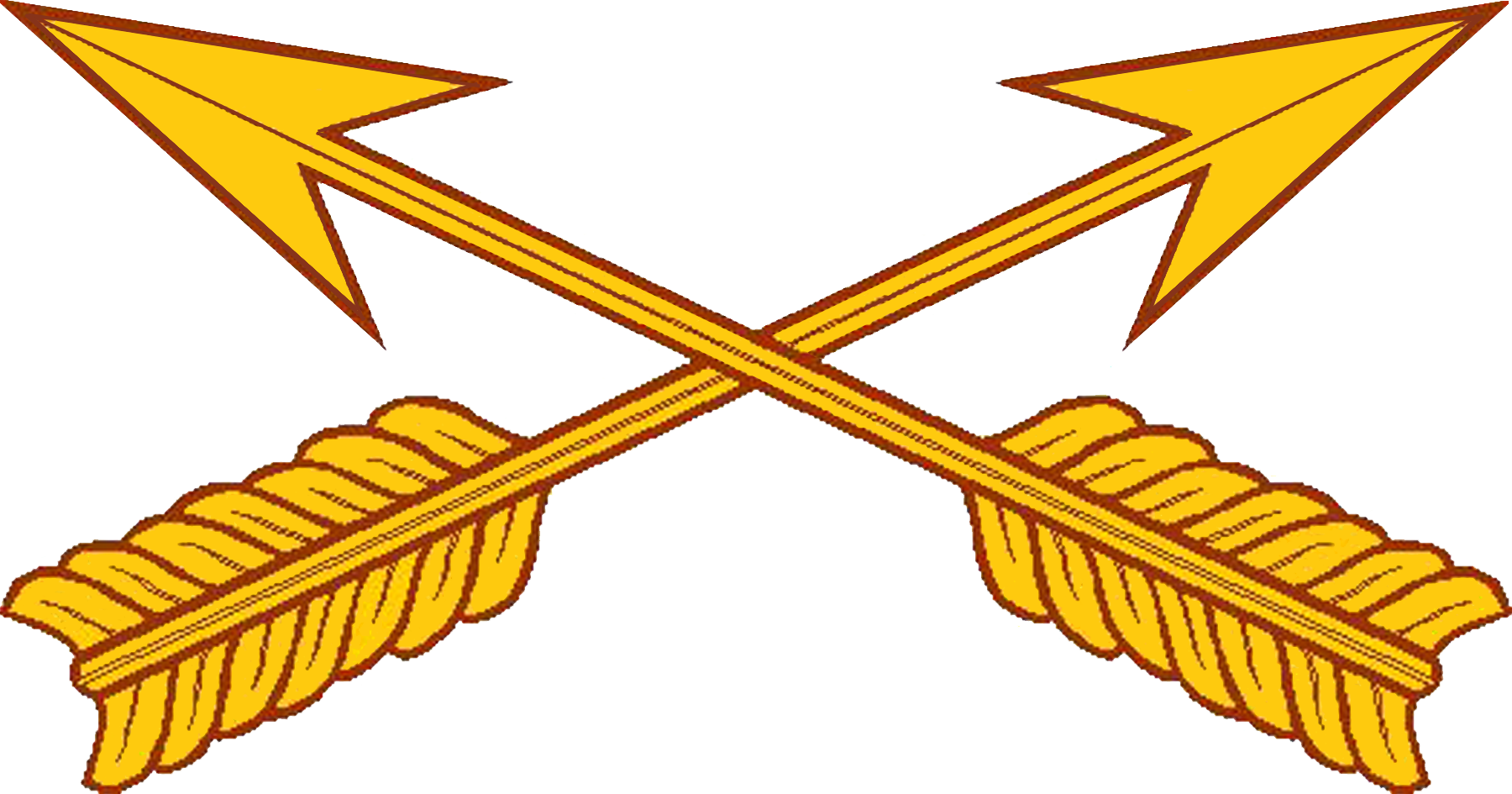|
Marawi Crisis
The siege of Marawi (), also known as the Marawi crisis () and the Battle of Marawi (), was a five-month-long armed conflict in Marawi, Philippines, that started on May 23, 2017, between Philippine government security forces against militants affiliated with the Islamic State (IS), including the Maute and Abu Sayyaf Salafi jihadist groups. The battle also became the longest urban battle in the modern history of the Philippines. According to the Philippine government, the clashes began during an offensive in Marawi to capture Isnilon Hapilon, the leader of the Islamic State's affiliate Abu Sayyaf group, after receiving reports that Hapilon was in the city, possibly to meet with militants of the Maute group. A deadly firefight erupted when Hapilon's forces opened fire on the combined army and police teams and called for reinforcements from the Maute group, an armed group that pledged allegiance to the Islamic State and which is believed to be responsible for the 2016 Davao ... [...More Info...] [...Related Items...] OR: [Wikipedia] [Google] [Baidu] |
Moro Conflict
The Moro conflictFernandez, Maria. (2017). Implementing Peace and Development in the Bangsamoro: Potentials and Constraints of Socio-Economic Programs for Conflict-Affected Areas in Southern Philippines (1913-2015). 10.13140/RG.2.2.14829.33763.Steven Rood. “Forging Sustainable Peace in Mindanao: The Role of Civil Society”, Policy Studies 17, Washington: East-West Center, 2005, p.22 was an insurgency in the Mindanao region of the Philippines which involved multiple armed groups. A decades-long peace processStephens, Matthew. “Prospects for Lasting Peace in Mindanao: Peacemaking and Peacebuilding under the Aquino and Duterte Administrations.” Chapter. In From Aquino II to Duterte (2010–2018): Change, Continuity—and Rupture, edited by Imelda Deinla and Bjšrn Dressel, 207–38. Lectures, Workshops, and Proceedings of International Conferences. ISEAS–Yusof Ishak Institute, 2019. has resulted in peace deals between the Philippine government and two major armed groups ... [...More Info...] [...Related Items...] OR: [Wikipedia] [Google] [Baidu] |
AFP Joint Special Operations Group
The Armed Forces of the Philippines Joint Special Operations Group (abbrv. as JSOG or AFP-JSOG) was one of the AFP's units tasked in conducting counter-terrorism, unconventional-guerrilla warfare, asymmetrical warfare, and highly specialized operations. Prior to being disbanded, the JSOG has frequently worked alongside American special forces units. History After the September 11 attacks in 2001, the US military worked with the AFP to establish the JSOG. It was based at Camp Aguinaldo. On April 7, 2004, JSOG operators from the K-9 platoon were involved in "Oplan Paglalayag", tasked with ensuring port security for Holy Week. In April 2018, the AFP JSOG was deactivated and its officers and enlisted personnel were transferred to form the core of the new AFP Special Operations Command, (AFPSOCOM). Organization The following structure was established in JSOG prior to its disbanding:https://apps.dtic.mil/dtic/tr/fulltext/u2/a429856.pdf * Headquarters and headquarters company * Light ... [...More Info...] [...Related Items...] OR: [Wikipedia] [Google] [Baidu] |
Philippine National Police Seal
The Philippines, officially the Republic of the Philippines, is an archipelagic country in Southeast Asia. Located in the western Pacific Ocean, it consists of 7,641 islands, with a total area of roughly 300,000 square kilometers, which are broadly categorized in three main geographical divisions from north to south: Luzon, Visayas, and Mindanao. With a population of over 110 million, it is the world's twelfth-most-populous country. The Philippines is bounded by the South China Sea to the west, the Philippine Sea to the east, and the Celebes Sea to the south. It shares maritime borders with Taiwan to the north, Japan to the northeast, Palau to the east and southeast, Indonesia to the south, Malaysia to the southwest, Vietnam to the west, and China to the northwest. It has diverse ethnicities and a rich culture. Manila is the country's capital, and its most populated city is Quezon City. Both are within Metro Manila. Negritos, the archipelago's earliest inhabitants, w ... [...More Info...] [...Related Items...] OR: [Wikipedia] [Google] [Baidu] |
710th Special Operations Wing
The 710th Special Operations Wing (710th SPOW) is the rapid deployment force of the Philippine Air Force (PAF), which is divided into ten-man airborne attack teams as most of its members are airborne qualified. The unit works closely with the 15th Strike Wing. The unit is based at Clark Air Base. History The 710th SPOW was established in 1991. On November 6, 2013, the PAF drew up a plan to transfer the 710th SPOW away from Clark Air Base due to concerns that Clark Development Corp may not have enough land to lease to investors. On March 14, 2023, the unit received a close air support trainer classroom and debriefing facility from the Australian government at Col. Ernesto Ravina Air Base in Capas, Tarlac. Operations In 2005, total of 13 detachments of Explosive Ordnance Disposal (EOD) personnel from the 710th responded to bomb threats at the request of concerned citizens from Angeles City to as far as Jolo, Sulu. In February 2005, the wing also conducted Interoperability oper ... [...More Info...] [...Related Items...] OR: [Wikipedia] [Google] [Baidu] |
15th Strike Wing, Philippine Air Force
The 15th Strike Wing is a wing unit of the Philippine Air Force, responsible for overall tactical and ground air support operations in support of Armed Forces of the Philippines units. The unit is headquartered at Danilo Atienza Air Base, Sangley Point, Cavite, just outside the capital Manila. The Wing, as of 2009, was organized with Personal, Coordinating and Technical Staff. Under the Wing's command were units broken up into 3 major groups: Tactical, Maintenance and Supply, and Air Base. The Wing's tactical elements included the 16th, 17th, 18th, and 20th Attack Squadrons, the 19th Composite Tactical Training Squadron, and the 25th Composite Attack Squadron. Many of these units were forward deployed under the operational control of the Philippine Air Force's numerous Tactical Operations Groups. The 460th Maintenance and Supply Group and the 590th Air Base Group filled the other roles. History Beginnings The 15th Strike Wing was organized and activated as a provisional uni ... [...More Info...] [...Related Items...] OR: [Wikipedia] [Google] [Baidu] |
Marine Special Operations Group
The Marine Special Operations Group (also known as the Force Reconnaissance Group), formerly known as the Force Recon Battalion or FRBn, is the Philippine Marine Corps' elite special forces unit for unconventional warfare and special operations. It specializes in sea, air and land operations, like its counterpart in the Naval Special Operations Command of the Philippine Navy, ranging from reconnaissance, close combat, demolition, intelligence and underwater operations in support to the overall naval A navy, naval force, military maritime fleet, war navy, or maritime force is the branch of a nation's armed forces principally designated for naval and amphibious warfare; namely, lake-borne, riverine, littoral, or ocean-borne combat operatio ... operations. History The MARSOG was established in the 1950s as the Scout Raider Platoon. On August 19, 1972, which was first known as the 1st Reconnaissance Unit, Recon Company. In 1985, it was reformed as the 61st Marine (Recon) C ... [...More Info...] [...Related Items...] OR: [Wikipedia] [Google] [Baidu] |
Philippine Marine Corps
The Philippine Marine Corps (PMC) () is a naval infantry force under the command of the Philippine Navy. The PMC conducts amphibious, expeditionary, and special operations missions. The Philippine Marines share the traditions of both the US and Spanish marine units especially in the uniform and rank system. The seal incorporates the sun with its eight rays from the Flag of the Philippines, the anchor symbolizing the naval heritage and bond of the Corps as it is a part of the Philippine Navy, the closed loop rope (different from the rope in the USMC arms) symbolizing the links of Marines to one another and to show that a Philippine Marine once will be a Philippine Marine always, and the scroll showing the Marine Corps motto and Core Values: ''Karangalan, Katungkulan, Kabayanihan'' (''Honor, Duty, Valor''). As with the USMC, blue represents the naval heritage while the official Marine Corps colors of scarlet and gold are also present, forming the base of Marine Corps guidons, ... [...More Info...] [...Related Items...] OR: [Wikipedia] [Google] [Baidu] |
Naval Special Operations Command
The Naval Special Operations Command (NAVSOCOM) is a separate command of the Philippine Navy trained in special operations, sabotage, psychological warfare, psychological and unconventional warfare and is heavily influenced by the United States Navy SEALs. NAVSOCOM is headquartered at Naval Base Heracleo Alano Sangley Point, Cavite City. It has eleven units located across the Philippines, from Naval Operating Base San Vicente at Santa Ana, Cagayan in the north to Naval Station Zamboanga City, Zamboanga in the south. The unit's tasks were also expanded to cover all facets of unconventional warfare in a maritime and riverine environment. This includes but is not limited to demolition, hostage rescue, harassment, force protection and maritime tactical operations. History The predecessor unit to the NAVSOCOM, the Underwater Operations Team or UOT was activated on 5 November 1956 as a special operations unit of the Philippine Navy. Patterned after the US Navy Underwater Demolition Te ... [...More Info...] [...Related Items...] OR: [Wikipedia] [Google] [Baidu] |
Philippine Army Reserve Command
The Reserve Command, Philippine Army (RESCOM, PA; ) is one of the Philippine Army's Major Support Commands created for the sole purpose of reserve force management, organization and Government Arsenal procurement. History Philippine Commonwealth By 1935, the Philippine Commonwealth, under the leadership of Manuel Quezon, President Manuel Luis Quezon enacted the very first legislature of his government. Commonwealth Act Nr. 01 ensured that Philippines will be prepared to thwart off any invasion or aggression of some sort by any nation, or entity and thus called upon its citizens to provide manpower to then fledgling Philippine Army. The National Defense Act of 1935 heralded the creation of what would be the Armed Forces of the Philippines and very first documented account of voluntary citizen enlistment.Conscription in the Philippines World War II Reservists fought hard during the 1940s and saw action on almost all parts of the country in World War II. Regular and reserve memb ... [...More Info...] [...Related Items...] OR: [Wikipedia] [Google] [Baidu] |
2nd Infantry Division (Philippines)
The 2nd Infantry Division, Philippine Army nicknamed ''Jungle Fighter'', is the Philippine Army's primary infantry unit specializing in jungle warfare. History 2nd Regular Division, Philippine Commonwealth Army during World War II under the Japanese Invasion The 2nd Regular Division, Philippine Commonwealth Army, was activated 6 January 1942, uniting the 4 existing Philippine Constabulary Regiments under one divisional command. Part of these troops were at Camp Murphy (now Camp Emilio Aguinaldo) in Quezon City and part at Fort William McKinley (now Fort Andres Bonifacio) in Taguig, Rizal (now part of Metro Manila). The Armed Forces reorganization acts passed in 1936 led to the decision to militarize Constabulary (Police) officers into organized fighting units. The Constabulary reverted to their original semi-military ("gendarme") structure in 1938. But the need for more armed Filipinos to aid in resisting the rise and possible threat of Japanese military operations in mid ... [...More Info...] [...Related Items...] OR: [Wikipedia] [Google] [Baidu] |
Armor "Pambato" Division
The Armor "Pambato" Division was formerly known as the ''Mechanized Infantry Division'' before it was renamed in anticipation of its upcoming assets and ongoing reorganization of units of the Philippine Army as part of the modernization program. It is stationed at Camp O'Donnell, Brgy. Sta. Lucia, Capas, Capas, Tarlac and is one of the service's major units. The Armor Division is a combined arms organization composed of tank, cavalry and mechanized infantry. History The Armor "Pambato" Division traces its origins to the cavalry units raised by the Spanish Army during the long years of colonial rule and the revolution. These units are the following: * Colonial Horse Guards Squadron (raised 1755, first cavalry unit to be raised in the islands) * Colonial Dragoons Regiment (raised 1772 as a Squadron, later raised into a Regiment, the first in the islands, stood down 1860) * Aguilar Hussars Cavalry Militia Regiment (Colonial Militia) (raised 1804) * 1st (Philippine) Chasseur Sq ... [...More Info...] [...Related Items...] OR: [Wikipedia] [Google] [Baidu] |
1st Scout Ranger Regiment
The Scout Rangers, known officially as the First Scout Ranger Regiment, is a special operations forces of the Philippine Army (PA) that is specialized in combat patrols and scouting behind enemy lines in a special operations forces (SOF) style. This unit is similar to the 75th Ranger Regiment of the United States Army (USA). Their headquarters is based at Camp Pablo Tecson in San Miguel, Bulacan. The regiment is also known as Musangs (in English, Scout Rangers). History The First Scout Ranger Regiment was formed on November 25, 1950, under the command of former AFP Vice Chief of Staff and Defense Secretary Rafael M. Ileto The unit was modelled after the Alamo Scouts and the US Army Rangers The United States Army Rangers are U.S. Army personnel who have served in any unit which has held the official designation of "Ranger". The term is commonly used to include graduates of the Ranger School, even if they have never served in a .... The FSSR was created due to a growin ... [...More Info...] [...Related Items...] OR: [Wikipedia] [Google] [Baidu] |







